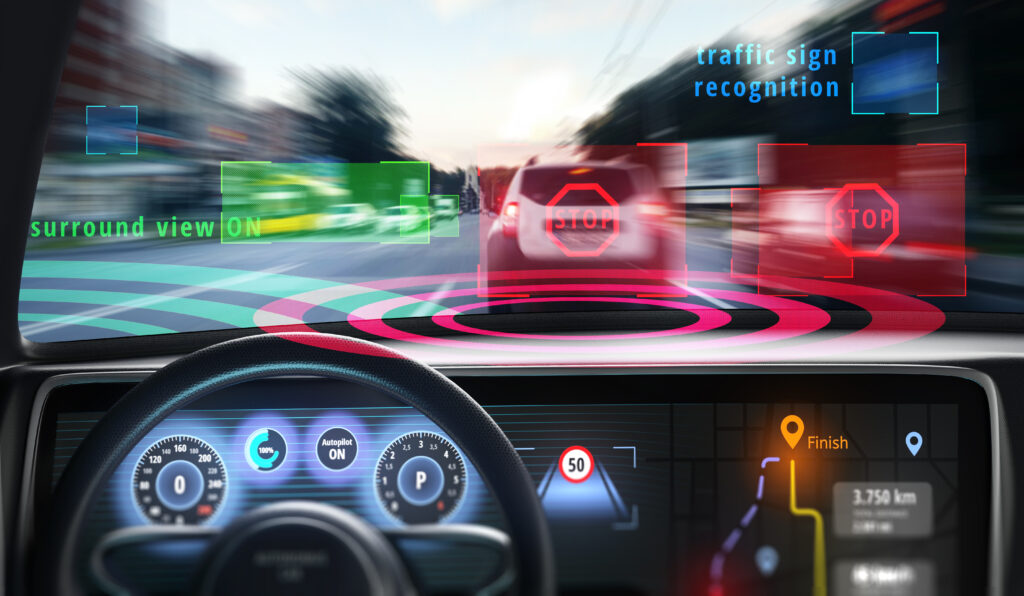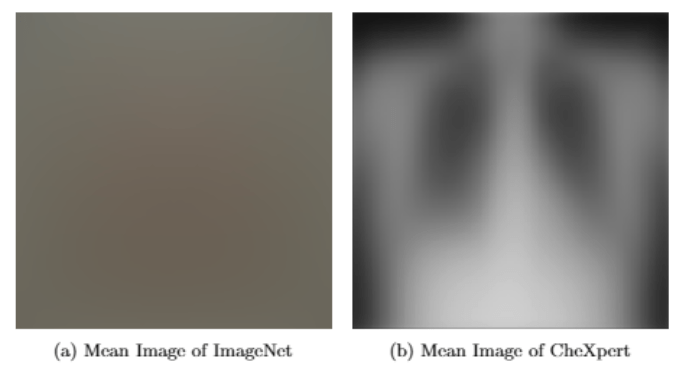
Computer Vision
Is this AI?
10 October 2024
What is Computer Vision (CV)
Computer vision is a field of computer science that focuses on enabling computers to identify and understand objects and people in images and videos.
Like other types of AI, computer vision seeks to perform and automate tasks that replicate human capabilities.
In this case, computer vision seeks to replicate both the way humans see, and the way humans make sense of what they see.
What tasks can CV be used for?
Classification
Assign a single label to each image
Dog
Welsh Spaniel
Animal in water
Dog
Sussex Spaniel
Animal on land
Images from imagenet
Multi-Classification
Assign one or more labels to each image
Dog, Welsh Spaniel, Animal in water
Dog, Sussex Spaniel, Animal on land
Images from imagenet
Object Detection

Image sourced from Wikimedia
Event Detection

How does CV work?
for classification tasks
- get a very large corpus or labelled images
- convert the images to a form that the computer can work with (tensors)
- feed into a convolutional neural network
- profit?
Large corpus of labelled images
ImageNet
- a large visual database
- over 14 million hand-annotated images
- more than 20,000 categories
- each category has “several hundred” images
- started in 2006
Convert the images to tensors
A fancy way of saying:
turn the images into a 2d table
of values between 0 and 1

(Convolutional) Neural Networks
Use pre-trained models
Models that have been pre-trained on some image datasets which can be downloaded and used
- ResNet (Microsoft Research)
- Inception (Google)
- Trending classifiers from Hugging Face
Transfer learning is the concept of taking a pre-trained model as a basis, then fine-tuning it to classify based on your own images.
How can CV be used in Healthcare?
- classification
- multi-classification
- object detection
- event detection
How can CV be used in Healthcare?
- detecting disease or injury
- monitoring patients vitals, e.g. respiratory rate
- detecting bounds of a tumour when planning radiotherapy
- automating cell counting
- calculating the grade of a cancer
- monitor for long-term changes, e.g. AAA
- devices for patients with vision impairments
- detecting when patients move (fall prevention)
- monitoring the hygiene of a ward
Issues with Computer Vision
… one neural network learned to differentiate between dogs and wolves. It didn’t learn the differences between dogs and wolves, but instead learned that wolves were on snow in their picture and dogs were on grass.
Issues with Computer Vision

Issues with Computer Vision
- algorithm trained at Mount Sinai Hospital, New York City
- Busy ICU, many elderly patients
- 34% of their x-rays came from patients with pneumonia
- 93% accuracy
- tested at other sites, pneumonia ~1% of x-rays
- accuracy dropped to 73%-80%
Issues with Computer Vision
At Mount Sinai, many of the infected patients were too sick to get out of bed, and so doctors used a portable chest x-ray machine. Portable x-ray images look very different from those created when a patient is standing up. Because of what it learned from Mount Sinai’s x-rays, the algorithm began to associate a portable x-ray with illness. It also anticipated a high rate of pneumonia.
The Unique Problems of Medical Computer Vision

This is the very unique problem of medical computer vision: we are attempting to solve a small signal on the background of small noise whereas standard computer vision’s problem is a large signal on the background of large noise.
The Unique Problems of Medical Computer Vision
Is this a dog?

Annotations of cats & dogs is cheaper than reviewing medical scans/slides. The latter adds an additional burden on health systems.
Other issues with CV
- Early detection vs over diagnosis
- Adversarial attacks can trick CV algorithms to incorrectly classify images
- Computational power (environmental impact)
- Governance: have we got consent to use images?
- Explainability of Neural Networks
Learn more about The Strategy Unit
